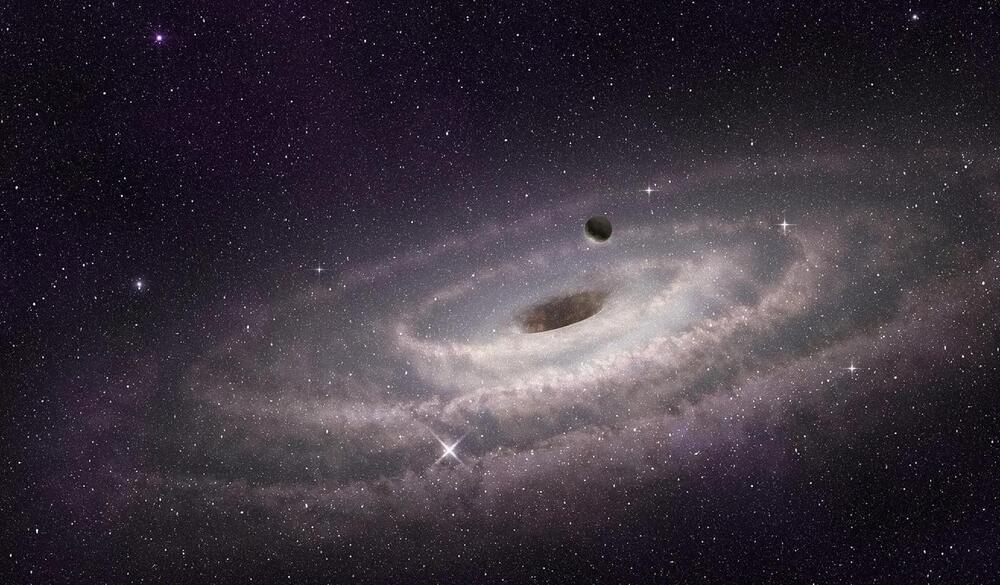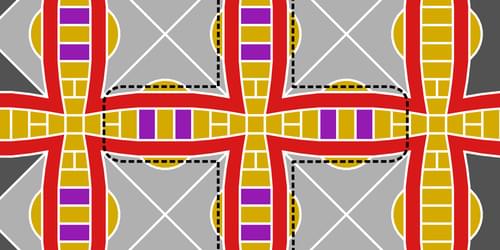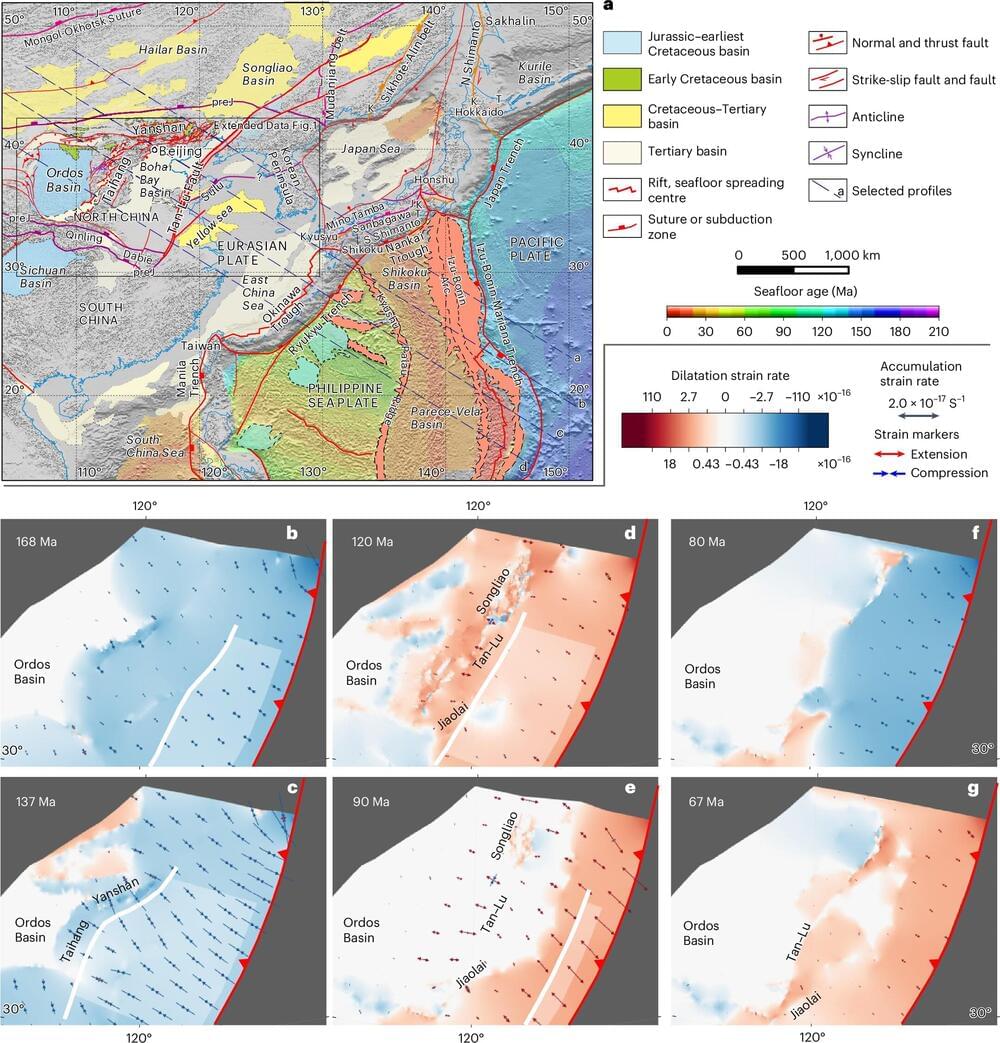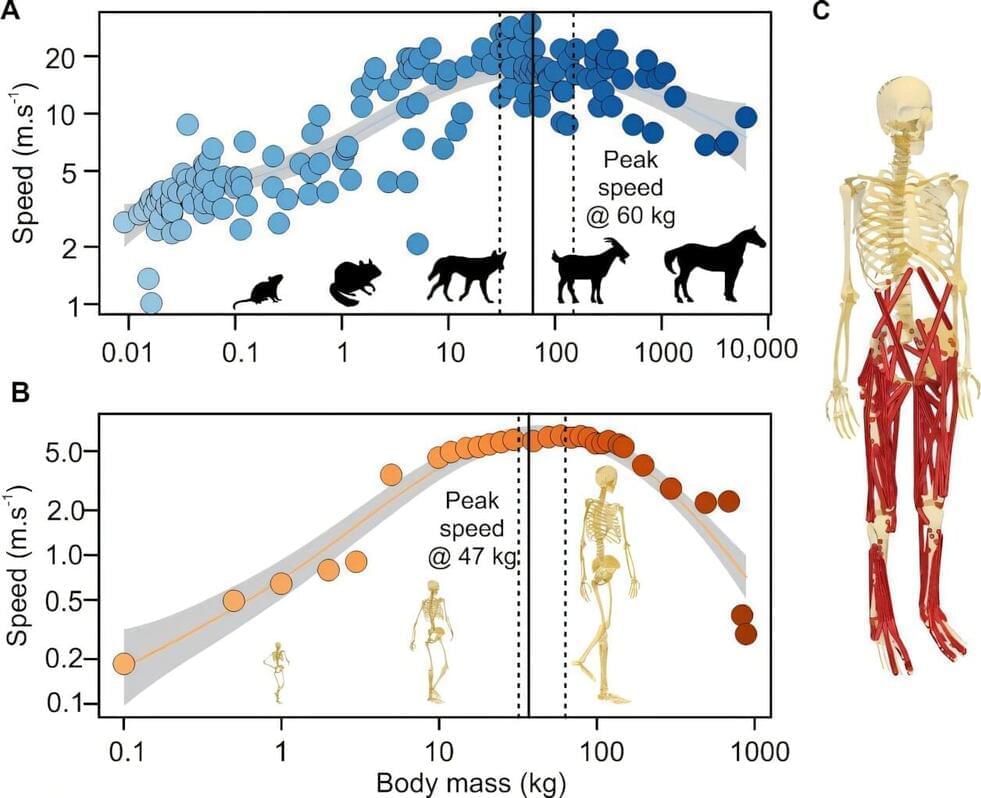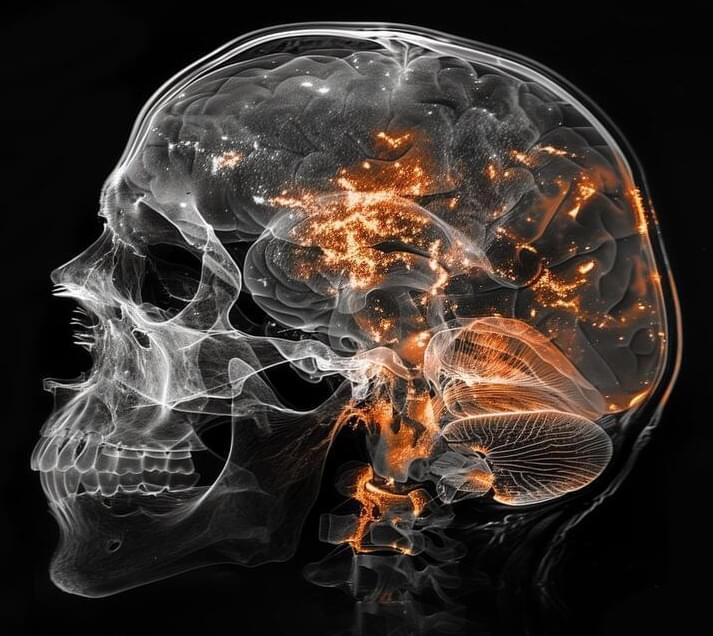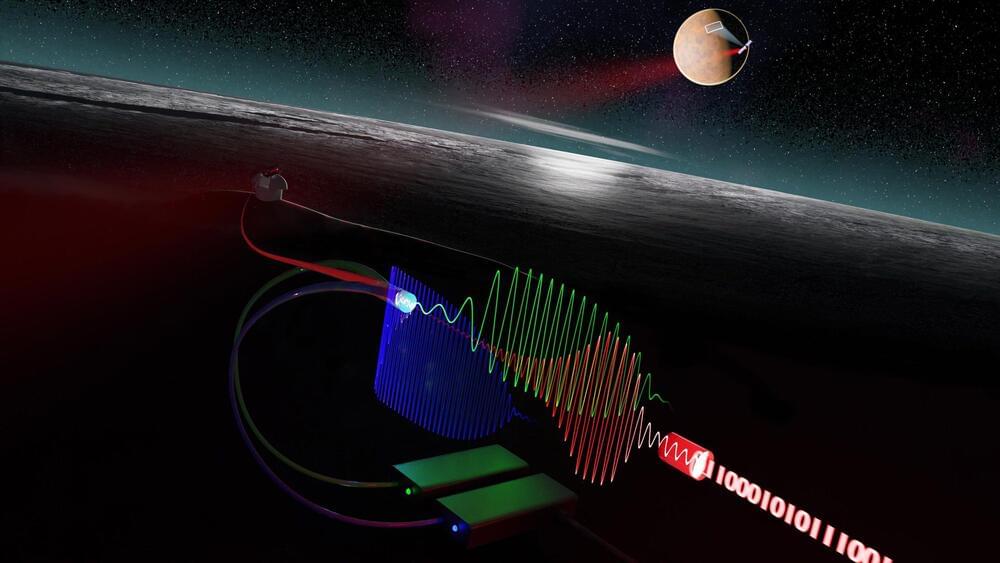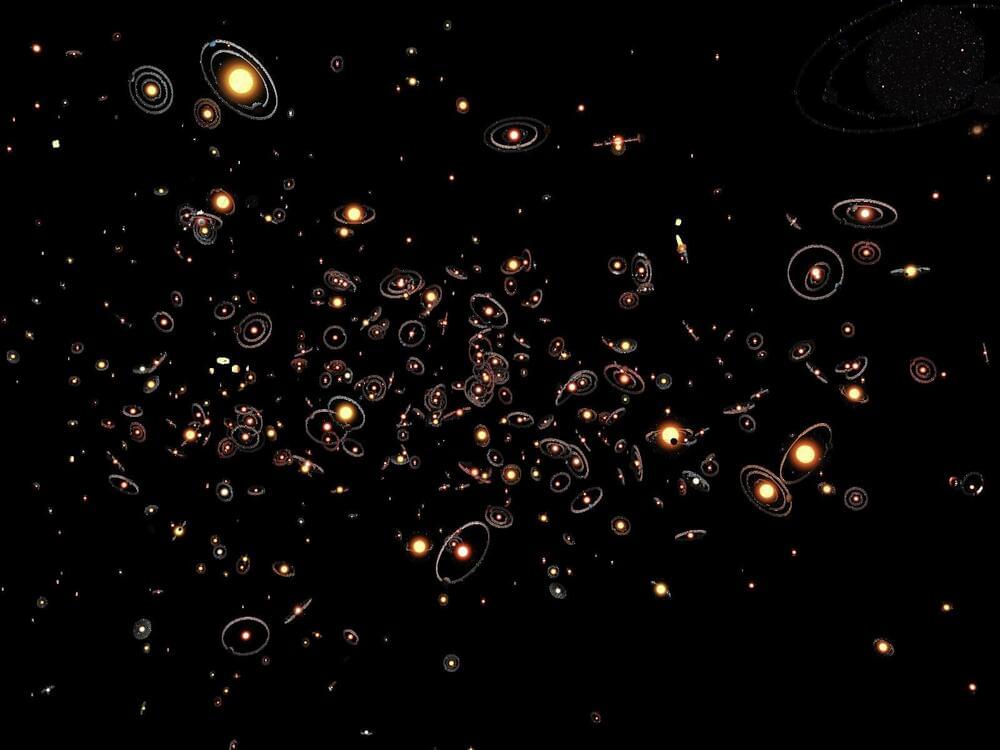Nov 9, 2024
Astronomers Find The Largest Black Hole In The Milky Way Just 2,000 Light-years From Earth
Posted by Saúl Morales Rodriguéz in category: cosmology
Gaia BH3, a dormant black hole, quietly lurks 1,926 light-years away, nearly 33 times the Sun’s mass, making it one of the Milky Way’s largest stellar black holes.
Astronomers recently made a groundbreaking discovery: a dormant black hole named Gaia BH3, residing about 1,926 light-years away in the Milky Way’s Aquila constellation. Known as a “sleeping giant,” Gaia BH3 is approximately 33 times the Sun’s mass, making it the largest stellar black hole known in our galaxy. This black hole is only the second nearest to Earth, with Gaia BH1 slightly closer at around 1,500 light-years away.
The find was unintentional. Researchers were sifting through data from the European Space Agency’s Gaia space telescope, anticipating an upcoming data release when they noticed an unusual wobbling motion in a nearby star. This disturbance revealed the presence of Gaia BH3, whose immense gravitational force was causing a nearby giant star to orbit around it. This wobble marked the third dormant black hole identified by Gaia, a significant milestone in astronomical research.
